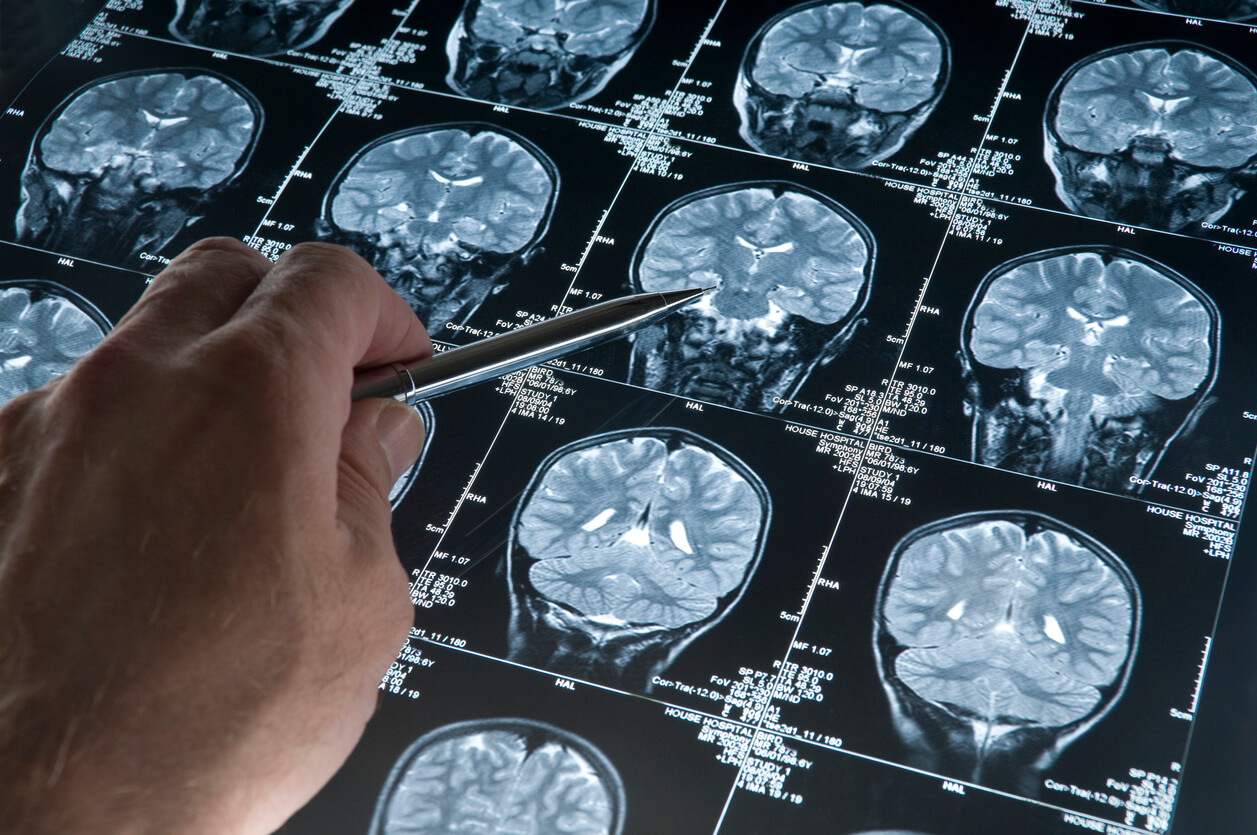Microvascular decompression is a surgical procedure to reduce pressure in a cranial nerve—meaning a nerve that begins inside the brain. Normally you wouldn’t realize you had these nerves, which are responsible for controlling many facial functions until enough pressure on one of them causes extreme pain or a spasm.
The most common conditions related to cranial nerve pressure are:
- Trigeminal neuralgia, which can cause pain when you chew, talk, or brush your teeth
- Hemifacial spasm, an involuntary muscle twitch on one side of your face that can cause an eyelid to close or your lips to pucker
- Glossopharyngeal neuralgia, which causes swallowing and speaking difficulty or pain in the tonsils, throat, tongue, and ear
Because the pressure to the nerve is usually caused by a blood vessel, the microvascular decompression procedure moves the vessel off the nerve, and sometimes a small pad is placed between the vessel and the nerve to prevent the pressure from happening again. To reach the affected area, the surgeon makes a small hole (about the size of a silver dollar) behind the ear; this is called a craniotomy. To replace the bone where the hole was made, a small piece of surgical mesh will be placed there.
Even though the microvascular decompression procedure is intended to bring you relief from facial pain or spasm, you will need time to recover before you can return to everyday activities.
You will remain at the hospital for up to four days (usually one or two days) to make sure there are no immediate complications. Because the surgery required removing a piece of your skull, it’s natural to have a headache, so various pain management options—from over-the-counter medications to carefully managed narcotic medications—along with their side effects will be discussed with you. You might feel nauseous or tired as well.
The fact that the surgery is performed on your skull may also result in swelling or bruising around the eyes or face, but this should disappear within a few days or a couple of weeks; sleeping with your head elevated on two pillows can help bring down the swelling.
You can bathe or shower within 24 hours after you return home, but make sure you keep the surgical area clean and dry.
You will likely need to avoid strenuous activity and any activity that requires you to bend your head downward, including lifting, certain kinds of physical activity (especially anything that risks an injury to your head), and driving until your surgeon permits you to do so. Walking is recommended to increase circulation, however, so start by walking twice a day for up to 10 minutes each time, adding a few minutes each day.
Overall, people who undergo microvascular decompression can return to normal activities within three to four weeks, but your situation may vary. When you have your first follow-up visit, your surgeon will be able to judge how well you are recovering. If you feel any of your symptoms are severe, be sure to contact your doctor immediately.
